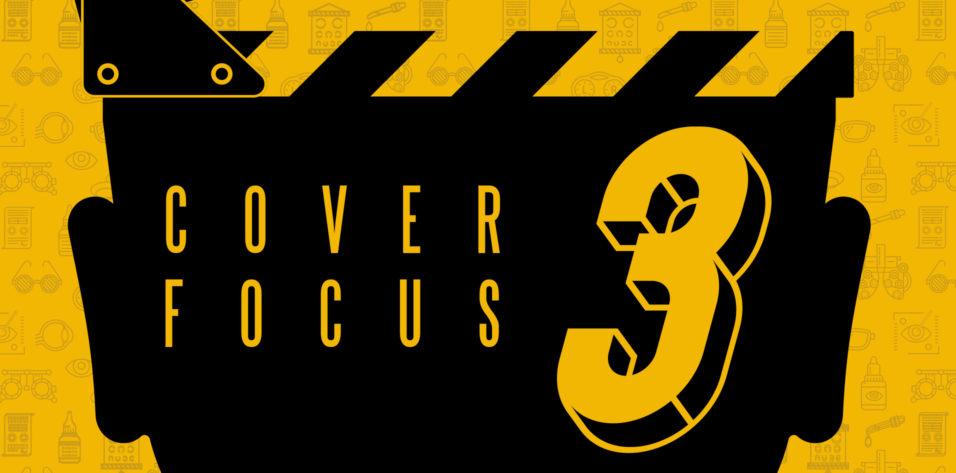
An Opportunity to Grow Into Leadership
By Evan Schoenberg, MD
I joined Georgia Eye Partners when I finished my fellowship in 2014. At that time, there were three equity partners in the practice, and I joined as an associate cornea specialist. I was on a traditional partnership track with the idea that eventually I would have the opportunity to buy into the practice as a partner. Along the way and prior to my buying-in, the practice went the direction of affiliating with a private equity (PE) firm.
Ours became the platform practice from which the EyeSouth Partners PE endeavor expanded. I got in on the ground floor of this endeavor, investing in the new company in place of a traditional buy-in. I have no doubt that everyone’s experience in PE is unique, but, for me, being given the opportunity to invest as a partner and to grow into a leadership role was and is a big benefit.
Leadership is important. I am pleased that the EyeSouth board of directors is predominantly made up of physicians, and that individual practices within the greater company retain their identities and direction. This model allows substantial independence for each practice involved, and, as a result, I felt like the new model was an expansion opportunity and not something that would constrict or control how I could practice.
In fact, I’ve seen an expansion of support in areas that we, a medium-sized group practice, weren’t able to bring to bear on our own. Working with PE, it became more straightforward to gain access to those resources. For example, working with PE, we have hired someone to improve the efficiency and abilities of our technicians in the clinic. We were also able to outsource information technology services to a higher level than we had previously and to take on a big electronic medical record transition project that would have been overwhelming for us with the infrastructure we previously had. Our individual insurance coverage and retirement plan options improved, too, as we have a much stronger negotiating position as a large group.
It is important that the board of directors have physicians’ interests in mind. I plan to practice for the next 30 years. What’s this arrangement going to look like 2, 5, or 10 years from now? How will we be practicing when another company owns the business after the expected second sale transaction? This is a valid concern, but it’s also a valid concern if you own your own solo practice or are a partner in a traditional practice. No one knows what medicine will look like 10 years from now.
Private practice is high risk and high reward; PE from a physician’s standpoint, on the other hand, can represent risk diversification and a shorter time horizon for potential reward. If my investment in myself and my practice proceeds as planned, I will see a far greater return on investment in the medium term than I would otherwise. Rather than buying into a practice and waiting 20 or 30 years before selling, I can leverage the time value of money and have greater resources to work with sooner.
Most PE investors are looking at practices that have a long run ahead of them, so mid- and early-career physicians are involved as well. Ultimately, the company controlling the practice at the business level must still be aligned with the physicians delivering good care. It’s unrealistic to think that some movie villain is going to purchase this practice, arch his fingers, and want all the physicians to be miserable. That is not compatible with good business. Happy physicians produce good results and good profits. This may be a leap of faith, but so is buying into a traditional practice (especially if that practice’s business model is insurance-based!).
When I joined the original traditional practice, we were using microscopes that had been in use for about 15 years and previous-generation phaco machines. One of the first large capital purchases executed by the PE-associated practice was the replacement of those operating microscopes and phaco machines. These purchases don’t increase the amount of money we make per cataract surgery, but we know that they will improve our efficiency and surgical results. We’ve purchased new biometers and other equipment as well, and, in the past 3 months, built out a whole new beautiful office with expanded space, top-of-the-line slit lamps, and so on. My personal practice is growing, allowing me to provide better care, and letting me maintain focus on my favorite professional activity (surgery), without any personal debt at all, thanks to our PE partnership.

A Mismatch of Values
By Matthew D. Hammond, MD, FACS
A few years ago, I sold my private solo practice and joined a practice that had just been purchased by a PE group. I have now been an employee of that PE group for the past 2 years. My comments are based upon my experience during that time.
First, know that I love the business side of medicine. I enjoy working and growing practices. When I joined my current practice, I anticipated that being an employee of PE would afford me the opportunity to deliver care without the responsibilities of payroll, managerial issues, or other headaches associated with owning a practice. I found that the issues I no longer had to deal with as an owner were replaced by a new set of issues as an employee of PE.
PE firms don’t run a practice the same way a physician-CEO would. They run the practice with only the end goal in sight: to sell the practice and make money for their investors. By design, they have no real long-term commitment to the practice, to the patients, or to the doctors. For example, suppose you work in a high-volume refractive practice. One day, you are notified that the existing advertising budget is being cut in order to improve earnings numbers. Subsequently LASIK volume drops, as does your income.
In addition, the value of a future sale does not always align with the values of the physicians and their patients. The PE goal of increasing profitability and growth in order to increase earnings before interest, tax, depreciation, and amortization for the end goal of selling the practice can be at the cost of physicians and patient experience. That is not to say that PE-owned practices are not interested in patient care—of course they are. However, I would argue the bottom line is the metric by which the delivery of care is determined.
PE can be an attractive option for the doctor looking to sell his or her practice and retire; I say “retire” because, after the practice is sold, the owner will no longer have the control or role that he or she once had. This can be a drastic change and one that the seller may not be able to acclimate to for any number of reasons. One of the most difficult aspects for me was the fact that the board controlling the future of the practice was composed mostly of nonphysicians. I was used to making the decisions or at least being consulted before any change that could alter how I delivered care, how dollars were spent, how we strategically planned growth, or how we planned to increase volume. That changed with my new role as an employee, and I no longer had a voice in any of those decisions.
One case sticks out in my mind: I was forced to change to an electronic medical record that decreased productivity across all providers but supposedly was able to generate superior accounting reports—even though, in the end, that wasn’t the case. We’re a medical practice, not an accounting firm. One of the odd paradoxes occurred when my colleagues and I would bring data to the leadership suggesting changing small things on any number of fronts that would improve revenue. You would think that type of initiative would be welcomed and acted upon because it improves the bottom line. We’re still waiting to hear back.
PE is a hot a topic right now. Most of the editorial copy I’ve read has been in staunch support of this movement. I understand that medicine is a business and that having equity investment can secure better insurance contracts, improved economies of scale, and improved facilities, among other things. These would be beneficial aspects of PE if they were certainties, but they are not. I have not seen one aspect of PE control that is better than what I could do as a solo practice owner.
I believe you must be in alignment with the people you work with. My partner and I have chosen to leave and start our own practice for the reasons just described.


